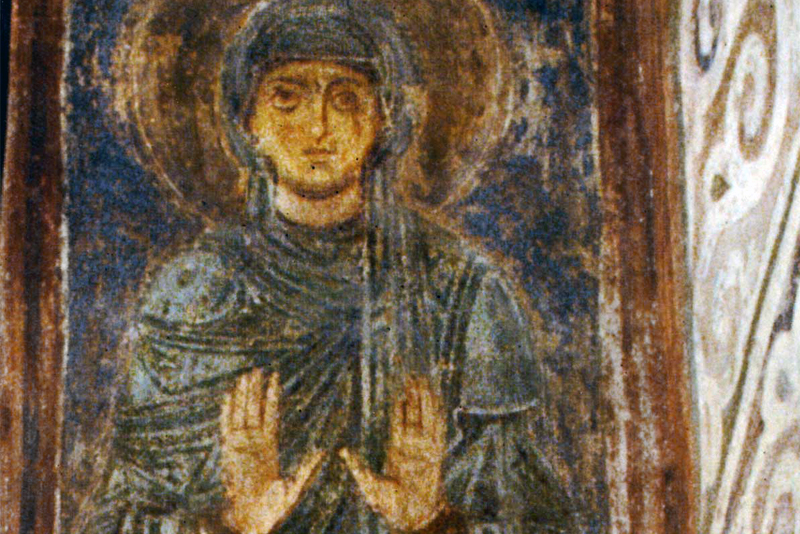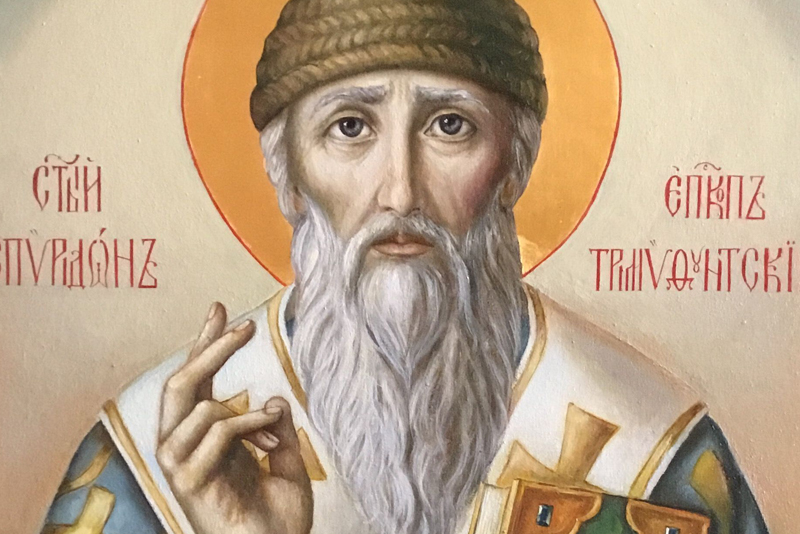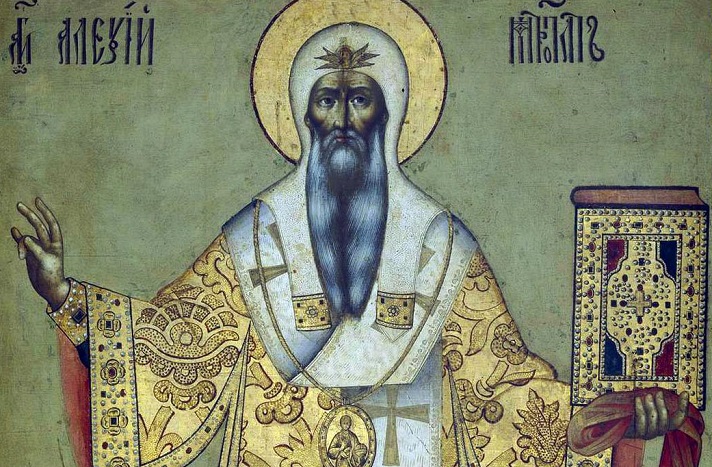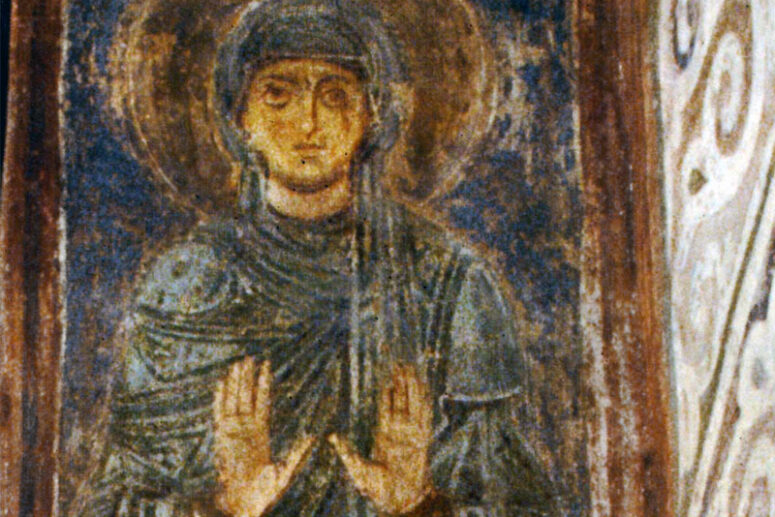
Saint Macrina is a well-known ascetic, sister of Saints Gregory of Nyssa and Basil the Great, two of the three great Cappadocian church fathers. But are there really only three people (including St. Gregory the Theologian) who can be called the great Cappadocians? Or, perhaps, we are passing up St Macrina, also a great saint from Cappadocia? Why has the question “Is St Macrina the fourth great Cappadocian?” become increasingly common?
Macrina’s Life
The future saint was born c. 327 in Cappadocian Caesarea (present day Turkey) into a Roman family famous for its piety. In fact, all her family members were canonized by the Church, which is exceptionally rare. According to St Macrina’s hagiography, her parents wanted their daughter to marry a future lawyer. Macrina gave her consent, but soon her fiancé died, after which Macrina refused to consider any other proposals. She chose the difficult road of Christian asceticism, the narrow path followed by Christians who did not want to adapt to a safe and easy life in an empire that had become Christian only nominally. She turned the family estate of her parents into a hotbed of piety, prayer, church services and hospitality. She devoted her life to endless household chores, which increased even more after the death of her father in 340. Macrina was also involved in the upbringing of allegedly nine of her younger siblings.
After her family moved to an estate in the Pontus region (modern-day eastern Black Sea Region of Turkey), Macrina, with her enthusiasm for asceticism, convinced her mother to turn their house into a monastic community where household chores were interspersed with incessant psalmody and where people of all social backgrounds could find shelter. When a terrible drought struck in 369, Macrina not only welcomed anyone who knocked on their door, but also managed to organize an orphanage for children whose parents had died of hunger. However, such acts of mercy are characteristic of many saints. Why is it that St Macrina deserves the title of “the fourth great Cappadocian? That brings us to the description of St Macrina’s influence on her younger brothers, in particular, on St Basil.

St Macrina and St Basil the Great
Presumably, upon returning from Athens, where Vasily studied rhetoric and other Hellenic wisdom, he did not recognize his old home, which, by the efforts of his sister, had been gradually turned into a monastery and a center of charity. Evidentially, life in Athens did not benefit the young rhetorician. As Vasily’s brother Gregory describes it, Macrina often denounced him of arrogance, urging her younger brother to be more humble and strive for spiritual perfection. Vasily himself was already interested in the ideals of monasticism that he was learning about from the creations of Eustathius of Sebaste. St Gregory, however, only mentions the influence exerted on his brother by Macrina, which, perhaps, was deeper and more personal.
Basil’s desire to follow monastic ideals was strengthened after his visit to a number of monasteries in Egypt and Syria, where he spent some time. However, according to his own words, he became convinced that the cenobitic monastic practice instituted by his sister in their own home was the most accurate expression of the Gospel ideals. “In what way will (a Christian) show compassion if he is separated from fellowship with many? How will one exercise in long-suffering when there is no one who resists his wishes”? (Greater Monastic Rules, 7). It was that view of the monastic ideals, laid down by his sister Macrina, that became the cornerstone at the monasteries that Vasily would establish later in his life. Inspired by his sister’s ideals, Basil compiled Scripture-based Monastic Rules (Greater and Lesser) for members of such monastic communities. Already as Bishop of Caesarea, Basil the Great paid great attention to the social aspect of the Christian faith. He built several shelters for children and the elderly, a hospital and a unique leprosarium with multiple doctors.
Such was the influence of St Macrina on St Basil the Great. As for St Gregory of Nyssa, it is thanks to him that information about the life of his sister has come down to us in the form of her hagiography and the theological treatise On the Soul and Resurrection, drawn up in the form of Gregory’s questions to Macrina lying on her deathbed. That treatise imitates the famous Plato’s Phaedrus. Gregory consciously puts himself in the place of the questioning student, and his sister in the place of Socrates, thereby showing that Makrina was one of his and his brothers’ main teachers.
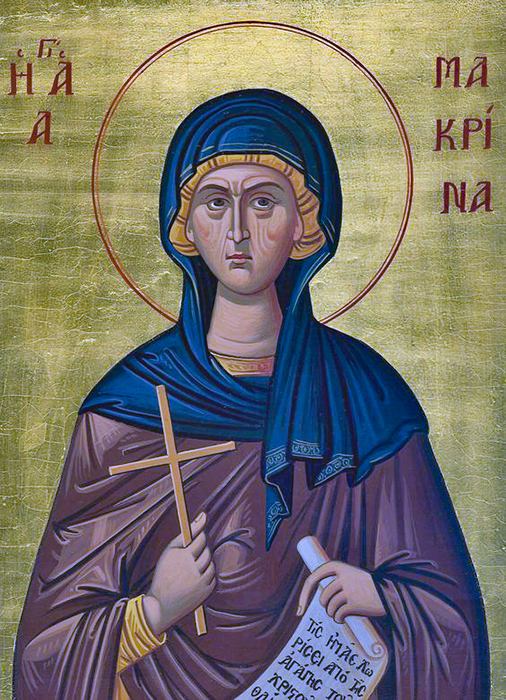
Macrina has not left any theological works; neither do we know of any hymns composed by her, if there were any at all. We know, from the words of St. Gregory, only her deathbed prayer. It is known that her main prayer was the daily singing of the entire Psalter. However, according to the testimony of St. Gregory, the great Cappadocian, she “became for us a teacher of life, a mother, or the one who replaced a mother … she was for us a strong fortress and a shield” (Letter 19.6). To this end, St Macrina (the Younger) of Cappadocia can rightfully be called “the fourth great Cappadocian”, because without her influence her brothers would, perhaps, not have become the generally recognized pillars of the church.

